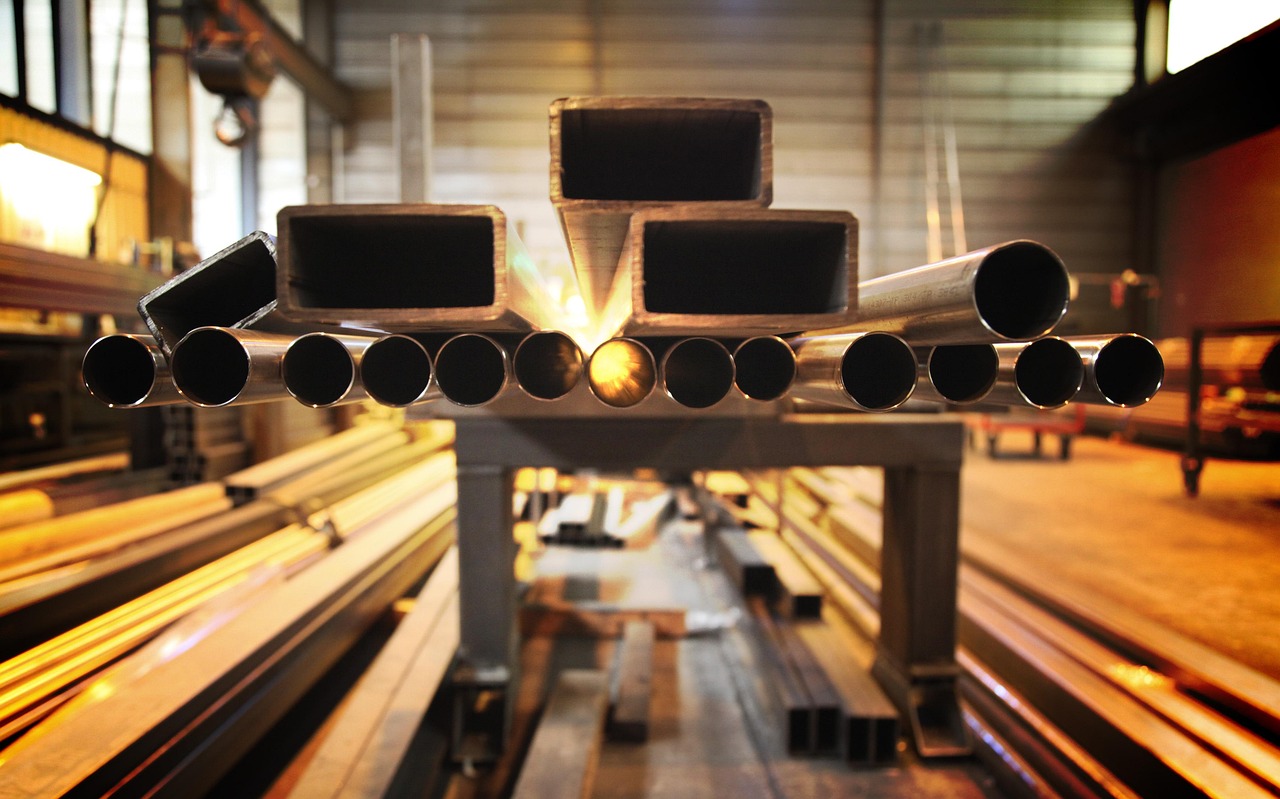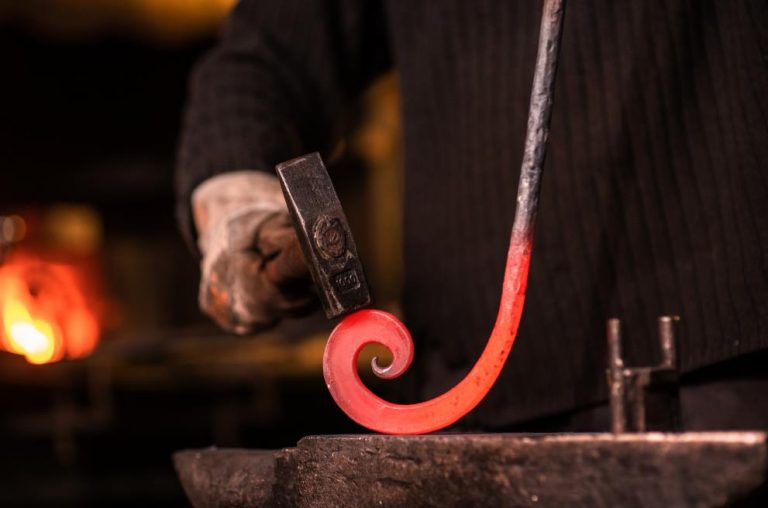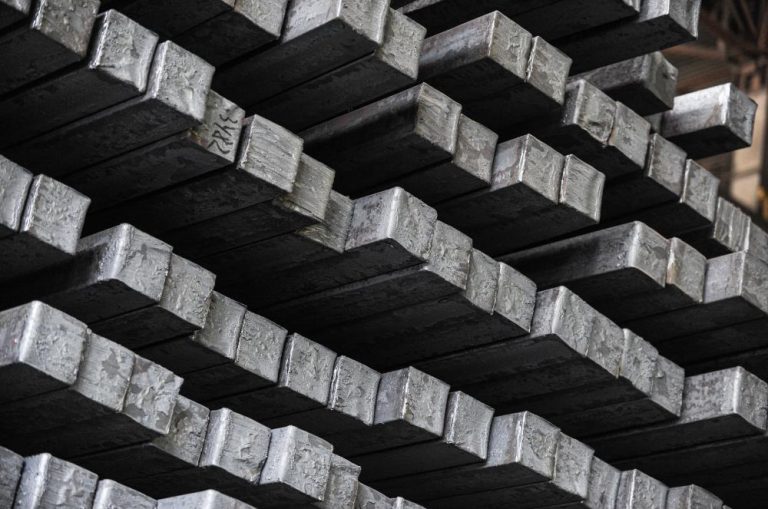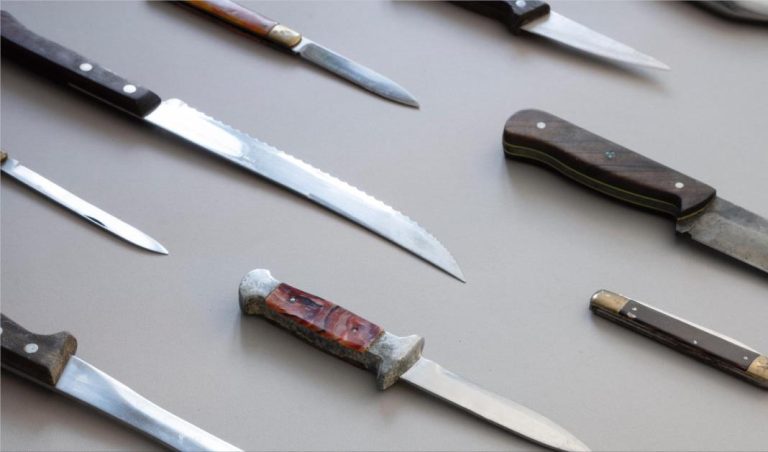M2 steel is a premium high-speed steel (HSS) renowned for its exceptional performance in cutting applications—from industrial tools to high-end knives. Originating in the United States in the early 20th century, it was developed as a successor to earlier high-speed steels to address the need for materials that retain hardness and sharpness at extreme temperatures. Initially used in machine tools for cutting hard metals, but how is M2 as a knife steel? This article will break down its characteristics and uses. Let’s dive in!
Is M2 Steel Good for Knives?
Yes, M2 steel is excellent for knives—especially for applications where edge retention and wear resistance are top priorities. Its high hardness and carbide-rich composition make it a standout choice for blades that need to stay sharp through heavy use.
However, it’s not a “one-size-fits-all” steel. M2’s moderate toughness and corrosion resistance mean it’s best suited for specific use cases (e.g., outdoor tools, tactical knives) rather than general-purpose kitchen knives or harsh, wet environments. When properly heat-treated and maintained, M2 steel knives offer a rare combination of performance and durability that appeals to enthusiasts and professionals alike.
Buy Wholesale Knives and Start Scaling up with Us Today
Contact us and connect with a sales rep to get a free quote.
M2 Steel Composition
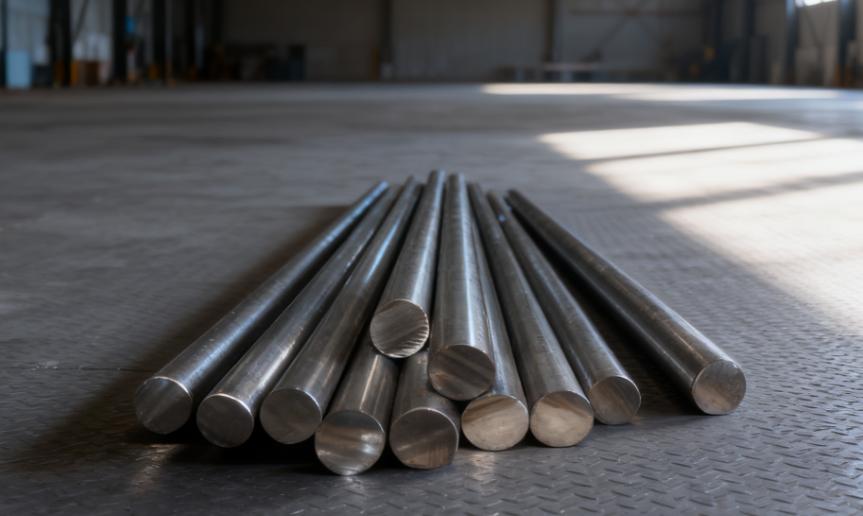
The performance of M2 steel stems from its carefully balanced alloy composition. Below is a detailed breakdown of key elements and their roles:
| Element | Percentage Range | Purpose in M2 Steel |
|---|---|---|
| Carbon (C) | 0.80–0.90% | Enhances hardness, edge retention, and wear resistance by forming carbides. |
| Tungsten (W) | 5.50–6.75% | Boosts heat resistance and wear resistance; forms hard tungsten carbides. |
| Molybdenum (Mo) | 4.50–5.50% | Improves toughness, machinability, and high-temperature stability (core to M2’s HSS identity). |
| Chromium (Cr) | 3.80–4.50% | Enhances corrosion resistance (moderate), hardness, and edge retention. |
| Vanadium (V) | 1.75–2.25% | Forms ultra-hard vanadium carbides for exceptional wear resistance and edge sharpness. |
| Silicon (Si) | 0.20–0.45% | Improves strength and heat treatment response. |
| Manganese (Mn) | 0.15–0.40% | Aids in deoxidation during production and enhances machinability. |
Buy Wholesale Knives and Start Scaling up with Us Today
Contact us and connect with a sales rep to get a free quote.
Key Properties of M2 Steel
M2 steel’s properties are directly aligned with critical knife performance metrics. Here’s how its core characteristics translate to real-world use:
| Property | Typical Value | Impact on Knife Performance |
|---|---|---|
| Hardness (HRC) | 60–64 (after heat treatment) | Higher hardness delivers superior edge retention—ideal for tasks requiring minimal sharpening. |
| Wear Resistance | Excellent | Resists abrasion from rough materials (e.g., wood, metal, or tough fabrics) for long-lasting sharpness. |
| Toughness | Moderate | Withstands moderate impact and bending but is less flexible than lower-hardness steels (avoid extreme prying). |
| Corrosion Resistance | Moderate | Resists light rust and moisture but requires maintenance (not fully stainless). |
| Edge Retention | Exceptional | Retains a sharp edge through repeated use, outperforming many common knife steels. |
| Machinability | Good (for HSS) | Allows knife makers to grind precise edges and intricate designs |
Buy Wholesale Knives and Start Scaling up with Us Today
Contact us and connect with a sales rep to get a free quote.
Pros and Cons of M2 Steel for Knives
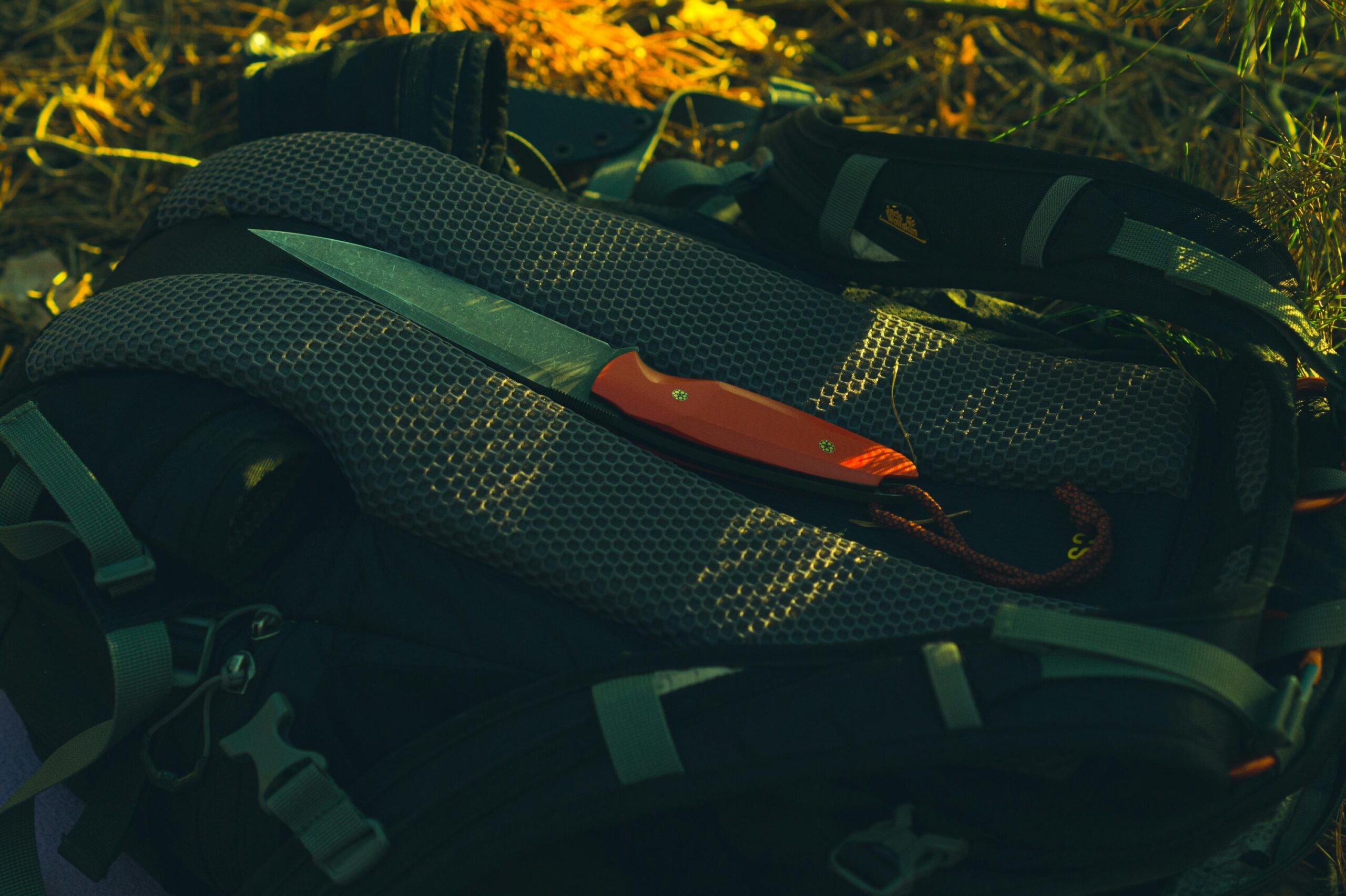
Pros
- Exceptional edge retention: Stays sharp longer than most carbon and stainless steels (ideal for extended trips or heavy use).
- Superior wear resistance: Handles abrasive materials without dulling—perfect for cutting wood, rope, or metal.
- High heat resistance: Maintains hardness even when exposed to friction (useful for tasks like batoning wood).
- Precise sharpening: Takes a razor-sharp edge when honed (rewards careful sharpening with long-lasting performance).
Cons
- Moderate toughness: Prone to chipping if subjected to extreme impact or prying (not recommended for heavy-duty chopping).
- Moderate corrosion resistance: Requires regular maintenance to prevent rust (avoid prolonged exposure to water or humidity).
- Needs professional heat treatment: Improper heat treatment can ruin its properties (relies on skilled knife makers).
- Difficult to sharpen: Requires finer abrasives and patience (not ideal for beginners who need quick touch-ups).
Buy Wholesale Knives and Start Scaling up with Us Today
Contact us and connect with a sales rep to get a free quote.
Best Uses for M2 Steel Knives
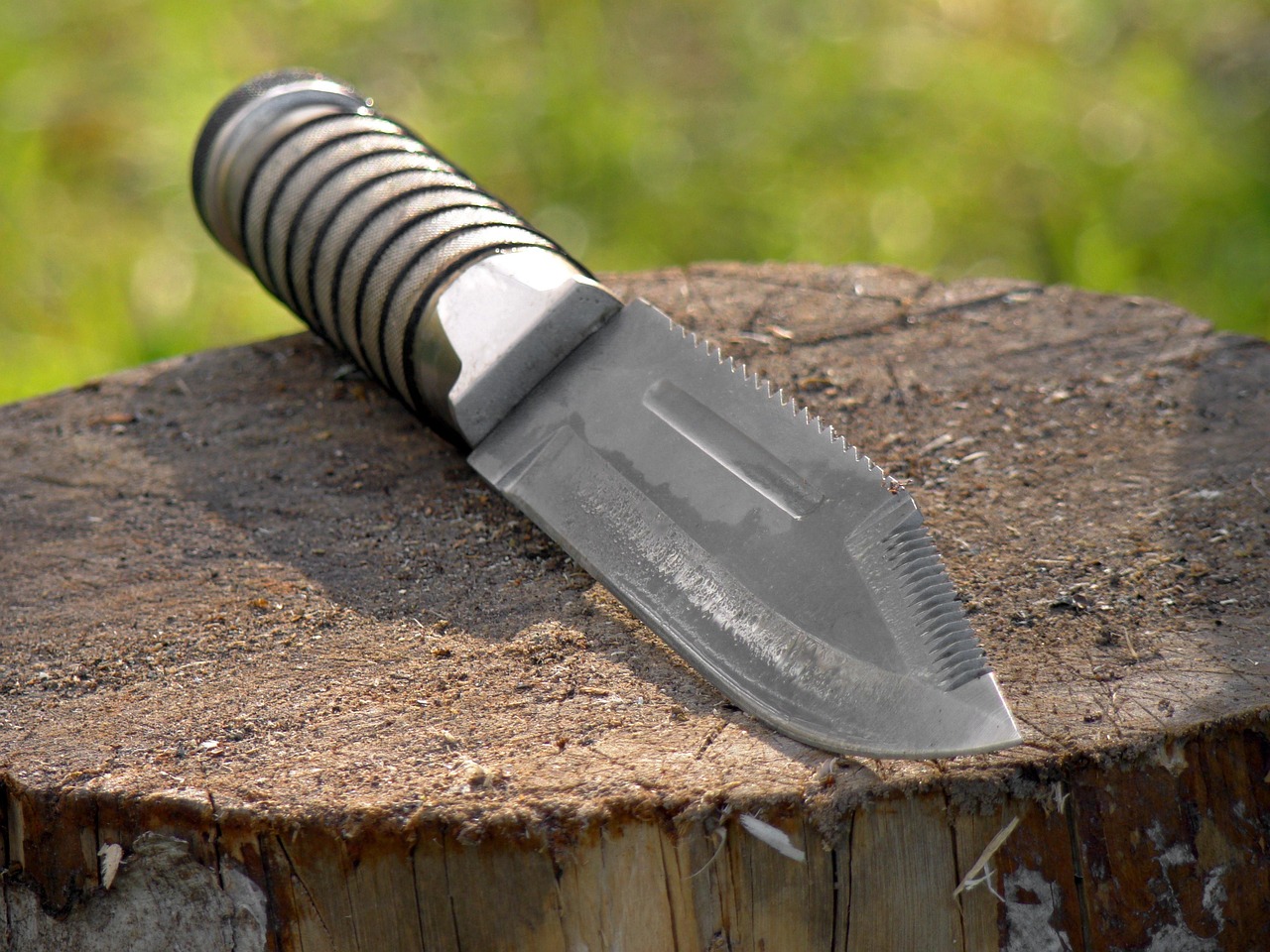
M2 steel’s strengths shine in use cases that prioritize edge retention over extreme toughness or corrosion resistance:
- Outdoor survival knives: Excels at batoning, cutting rope, preparing kindling, and other backcountry tasks.
- Tactical knives: Reliable for utility cutting in field conditions where sharpening opportunities are limited.
- EDC (Everyday Carry) knives: Great for frequent, light-to-moderate use: opening packages, cutting fabric, or light woodwork.
- Specialty tools: Ideal for blades like hunting skinning knives, woodcarving tools, or precision cutting instruments.
It’s not recommended for:
- Kitchen knives (exposed to water, acids, and frequent washing—prone to rust).
- Heavy chopping (e.g., splitting bones or thick branches—risk of chipping).
- Marine or wet environments (poor corrosion resistance in saltwater or constant moisture).
Buy Wholesale Knives and Start Scaling up with Us Today
Contact us and connect with a sales rep to get a free quote.
M2 Steel vs. Popular Knife Steels
How does M2 steel stack up against the most common knife steels? Here’s a side-by-side comparison:
| Steel | Hardness (HRC) | Edge Retention | Wear Resistance | Toughness | Corrosion Resistance | Cost |
|---|---|---|---|---|---|---|
| M2 | 60–64 | ★★★★★ | ★★★★★ | ★★ | ★★ | ★★★★ |
| 1095 | 58–60 | ★★★ | ★★ | ★★★★ | ★ | ★ |
| D2 | 59–62 | ★★★★ | ★★★★ | ★★ | ★★★★ | ★★★★ |
| S30V | 58–61 | ★★★★ | ★★★★ | ★★★★ | ★★★★ | ★★★★ |
| 440C | 58–60 | ★★★ | ★★★ | ★★ | ★★★★ | ★★★ |
- M2 vs. 1095: M2 offers far better edge retention and wear resistance, but 1095 is tougher and cheaper (better for chopping).
- M2 vs. D2: M2 has superior edge retention; D2 is slightly more corrosion-resistant and easier to sharpen.
- M2 vs. S30V: M2 edges last longer, but S30V is more corrosion-resistant (better for kitchen or wet use).
- M2 vs. 440C: M2 outperforms 440C in edge retention and wear resistance; 440C is more stainless and affordable.
Buy Wholesale Knives and Start Scaling up with Us Today
Contact us and connect with a sales rep to get a free quote.
M2 Steel Knife Heat Treatment & Maintenance
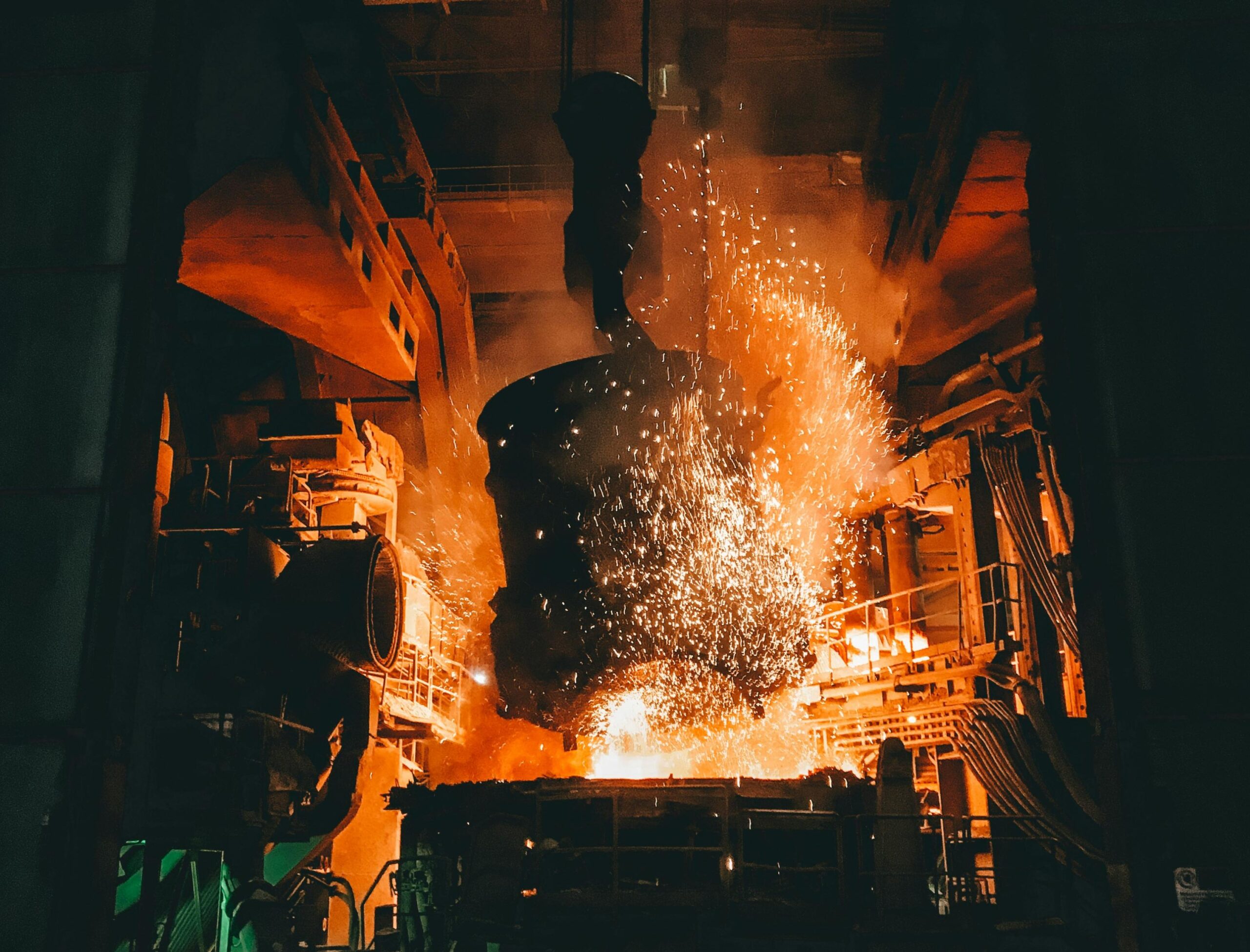
Heat Treatment
M2 steel’s performance depends entirely on proper heat treatment. Skilled knife makers follow this process:
- Annealing: Heat to 1,500–1,550°F (815–845°C) and cool slowly to soften the steel for machining.
- Austenitizing: Heat to 2,150–2,200°F (1,175–1,205°C) to dissolve carbides evenly.
- Quenching: Rapidly cool in oil or air to lock in hardness (avoid water quenching—risk of cracking).
- Tempering: Heat to 900–1,100°F (480–595°C) in multiple cycles to reduce brittleness and balance hardness/toughness.
Poor heat treatment can leave M2 steel too brittle or too soft (loss of edge retention). Always choose knives from reputable makers with proven heat treatment processes.
Maintenance Tips
To maximize the lifespan of an M2 steel knife:
- Prevent rust: Wipe the blade dry after use, apply a light coat of oil (e.g., mineral oil or knife oil) when storing, and avoid prolonged exposure to water.
- Sharpen carefully: Use fine-grit abrasives (1,000+ grit) or diamond hones. M2 steel is hard—patience is key to avoiding overheating the edge.
- Avoid abuse: Don’t pry, twist, or chop hard materials (e.g., metal or thick bone) to prevent chipping.
- Store properly: Keep in a dry sheath or knife block—avoid leather sheaths that trap moisture.
Buy Wholesale Knives and Start Scaling up with Us Today
Contact us and connect with a sales rep to get a free quote.
Frequently Asked Questions
What is the difference between M2 and D2 steel?
M2 is a molybdenum-based high-speed steel (HSS) with higher tungsten/vanadium content (HRC 60–64), offering exceptional edge retention and wear resistance but moderate toughness/corrosion resistance and harder sharpening; D2 is a chromium-rich semi-stainless tool steel (HRC 59–62) with better balance—very good edge retention, slightly higher toughness and corrosion resistance, and easier sharpening than M2.
Does M2 steel rust?
Yes, M2 steel can develop light rust because its 3.80–4.50% chromium content only provides moderate corrosion resistance (no permanent protective film), so it’s prone to oxidation with prolonged exposure to water, humidity, saltwater, or acids—prevent rust by drying the blade immediately after use, applying light knife oil, and storing in a dry environment.
How often do I need to sharpen an M2 steel knife?
M2 steel has exceptional edge retention, so sharpening frequency depends on use:
- Light EDC use (opening packages, cutting fabric): Every 3–6 months.
- Heavy outdoor/utility use (batoning, cutting wood/rope): Every 1–3 months.
- Abrasive tasks (cutting metal or rough materials): Every 2–4 weeks.It holds an edge 2–3x longer than common steels like 1095 or 440C.
Final Thoughts:
M2 steel is a standout pick for performance-driven knife enthusiasts, hunters, and professionals—boasting top-tier sharpness retention, heat resistance, and versatility at a mid-range price. It’s not ideal for beginners or those after low-maintenance stainless steel, but unbeatable for anyone willing to do basic upkeep for long-lasting cutting power.
For European and American wholesalers, retailers, and brand owners looking to source these high-performance M2 steel knives from China, Leeknives is your trusted partner. We specialize in wholesale, OEM, and private label services tailored to your brand needs, with strict quality control to unlock M2’s full potential. Ready to turn this top-tier steel into your next best-selling product? Request your free quote.
